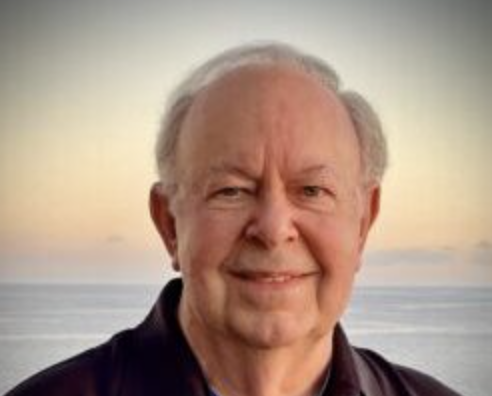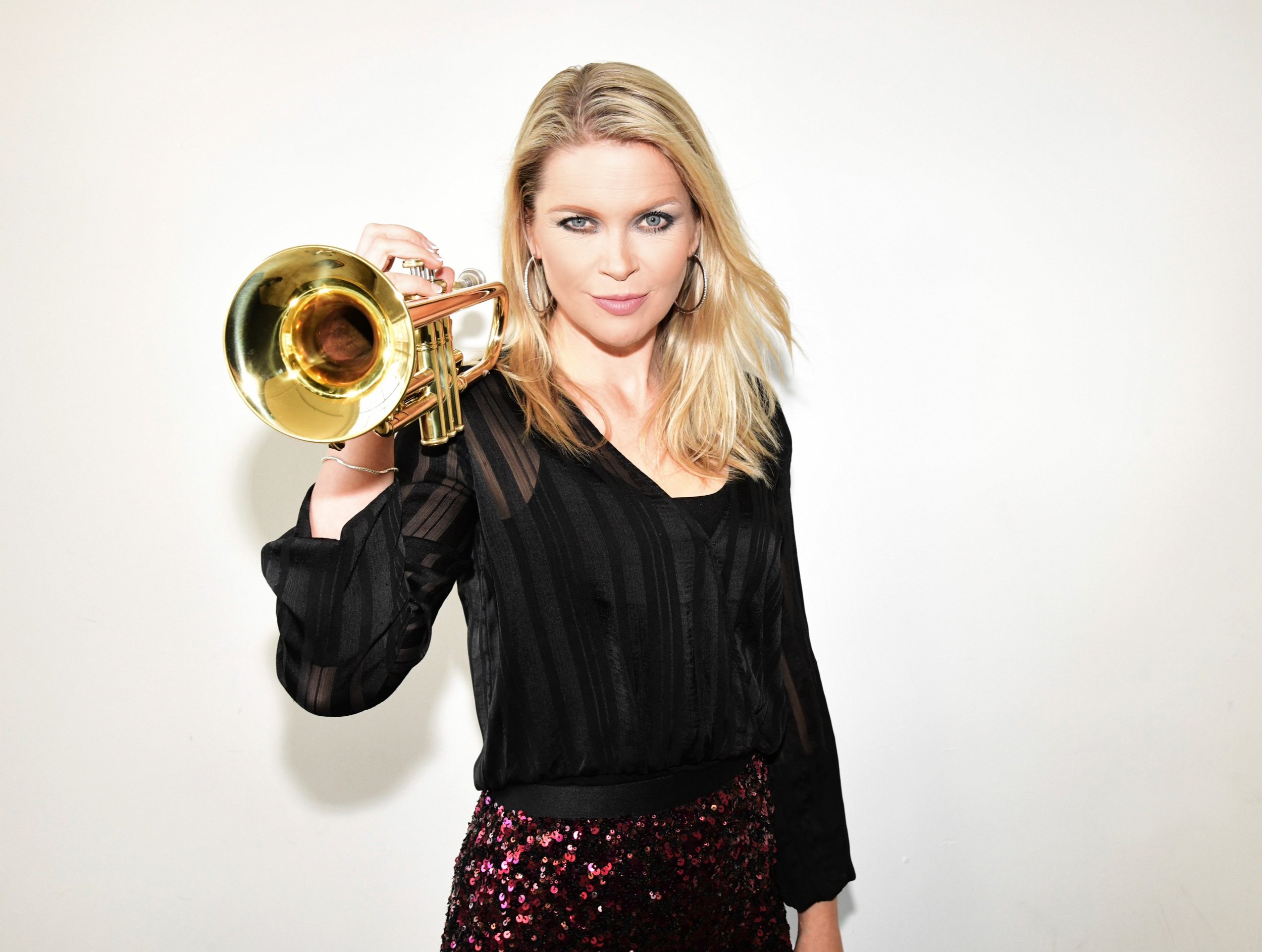In 2011, more than thirty kids—participants in a summer camp run through the Academy Art Museum—came together to create a large mosaic mural on the side of a building then known as Eastern Market Square. The site, now home to Tiger Lily and Harrison’s Liquors, still displays the mural, which includes references to a marketplace that no longer exists.
The idea for a mural came from artist Jen Wagner, who by 2011 had already spent several years creating community mosaics across Dorchester and Talbot counties. In Easton alone, she’d led projects like the farm scene mosaic that now hangs at the public library (installed initially at the Red Hen), and the heron mosaic on the side of what used to be the blind store on Harrison Street.
What started as a conversation with Cathy Witte, who managed the Eastern Market Square building at the time, helped spark this particular project. “There was just a synergy,” Wagner said. “We started talking, and the project came together fast.” At the time, Easton didn’t even have a formal process for approving public art. “That had to be created for this project,” she said.
Fast forward 14 years, and even though the mural has held up well over time, Wagner says it’s due for a refresh. “Some of the panels are obsolete,” she said. “For one, it’s not called Eastern Market Square anymore.” So she is returning to the wall—this time teaming up with Lauren Dwyer, Early Childhood and Youth Education Coordinator at the Academy Art Museum (AAM), to bring in a new generation of young artists. Through a series of summer camps, kids will not only be learning the mosaic process—they’re actually designing and building the new panels themselves: drawing, cutting glass, placing tile, and grouting, just like the kids did back then.
But unlike the original, which unfolded as a full-on street production beside Route 50, this time the work will happen in the comfort of Wagner’s studio. “There’s a little disappointment that we won’t be outside,” she said. “That first one was a spectacle. We had 30 kids in each camp, the younger ones one week and the older ones the next. I’d show up on Saturdays during the farmer’s market, and people would stop and say, ‘Can I help?’ And they’d add a piece. It became a community thing.”
Dwyer is helping coordinate the 12 youth art camps AAM will run this summer, three of which are specifically focused on mural mosaics. “We’ve done one in June, and have one in July, and one in August,” she said. “Each camp has new registrants, so there’s potential for 36 different kids to be part of this.” The mosaic camps are open to children ages 8–12. “This is their moment. It’s been 14 years since the last one. I really don’t want this opportunity to slip by.”
The panel replacement will focus on the middle sections of the mural, with the flower and market scenes from the original preserved on either end. “We’re thinking about doing more of an Eastern Shore scene in the center,” Wagner said. “We’ve been discussing design ideas. It won’t be a carbon copy of what was there.”
She jokes about being a tough instructor, yet Wagner is clear about the value of what these young artists are gaining. The mural-making process is collaborative and fast-paced, which means kids learn more than just art techniques. “You have to make a lot of decisions quickly,” Wagner said. “And we’re on a deadline. That’s a valuable thing to go through—dreaming big, turning it into reality, sometimes reining it in based on the project. There’s a lot of creative problem-solving baked in.” There is also the responsibility she feels to the community. “We approach it as real work. These kids put in a full day’s work in a few hours.”
From Dwyer’s perspective, the mural project isn’t just about art—it’s the kind of collaborative learning she believes leaves a lasting impact. “It’s true problem-solving,” she said. “Not on a worksheet—real collaboration. These kids are working with others who have different ideas and different backgrounds. That’s what sets them up to be successful adults. And they get to say, ‘I did this. I had a part in this.’”
Each of the three mural camps will run for five days, with the kids working together to complete as many panels as possible. “We don’t know how fast they’ll go,” Wagner said. “One group might get two panels done. Another might only finish part of one. But the most important thing is that the work is good. We’ll set a realistic goal and go from there.”
And if they don’t finish? That’s by design, too. The team plans to open the project to the broader community once the camps wrap up. “We’ll create some workshop opportunities where anyone can come in and add their mark,” said Dwyer.
It’s a fitting continuation of how the first mural came together, through layers of community involvement and connection that stuck. “Almost all of the kids from 2011 are still in touch,” Wagner said. “They’re all over the world now. They have families and careers. But we’ve been sharing stories. It’s been wild watching them grow up. They’ve taken their engagement photos in front of that mural. It’s been a part of their lives. And I get to be a little part of their lives too, which is fun.”
She’s hoping the next chapter adds a new layer. “It would be great if some of those original kids—now parents—bring their own children to be part of this one.”
And for Wagner’s stepping back into the process feels meaningful. “It feels good to come back and do another big one,” she said. “And I’ve matured a little too.”
To follow along with the project, updates will be posted on the Academy Art Museum’s social media channels and Jen Wagner Mosaics’ page. If the project runs past the August 8 camp deadline, opportunities for the community to join in will be announced there as well.
As for the final unveiling, it’s still a ways off—but there will definitely be one. “We’ll have a splash,” Wagner promised. “And maybe we’ll get some of the kids to come talk about it, too. They’ll blow your mind. They really will.”
Val Cavalheri is a writer and photographer. She has written for various publications, including The Washington Post. Previously she served as the editor of several magazines, including Bliss and Virginia Woman. Although her camera is never far from her reach, Val retired her photography studio when she moved from Northern Virginia to the Eastern Shore a few years ago.. She and her husband, Wayne Gaiteri, have two children and one grandchild.
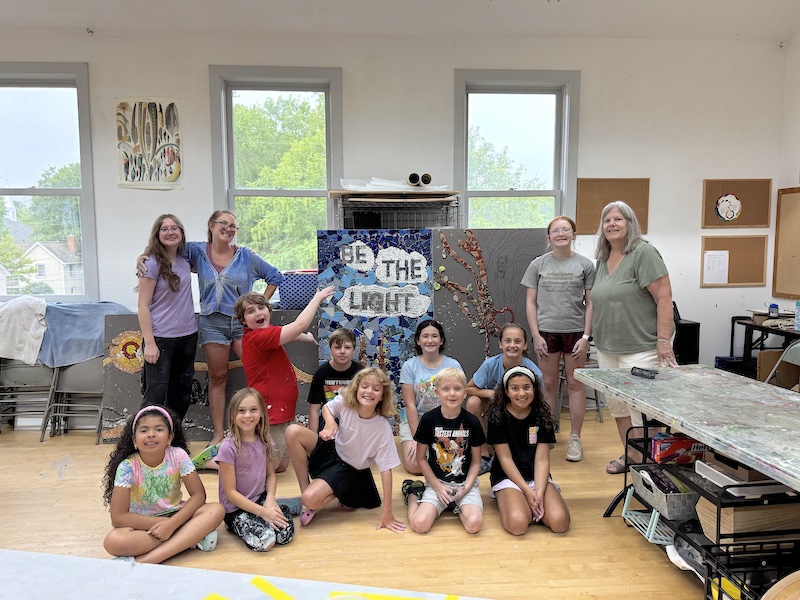

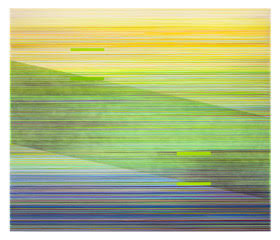

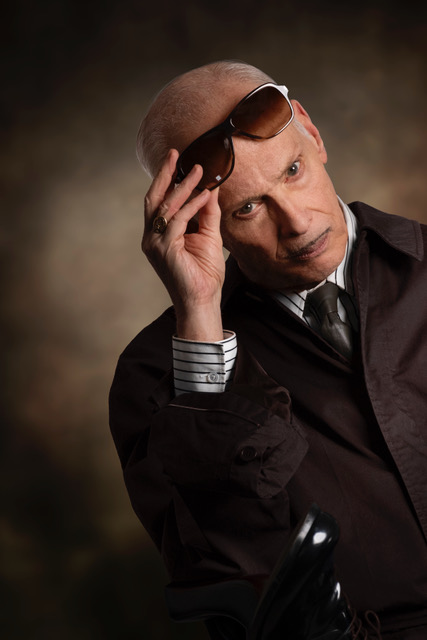 As Waters describes it, the show is part stand-up, part cultural commentary, part confessional — and entirely new. “I rewrite it completely once every year,” he said. “It’s about everything — politics, fashion, movies, music, how to get on your parents’ nerves. All sorts of things.”
As Waters describes it, the show is part stand-up, part cultural commentary, part confessional — and entirely new. “I rewrite it completely once every year,” he said. “It’s about everything — politics, fashion, movies, music, how to get on your parents’ nerves. All sorts of things.”

 “My niece Salina — yes, with an ‘a’ — is taking her over,” Robertson says. “She lives in Greenport, which is kind of amazing. It’s come full circle.”
“My niece Salina — yes, with an ‘a’ — is taking her over,” Robertson says. “She lives in Greenport, which is kind of amazing. It’s come full circle.”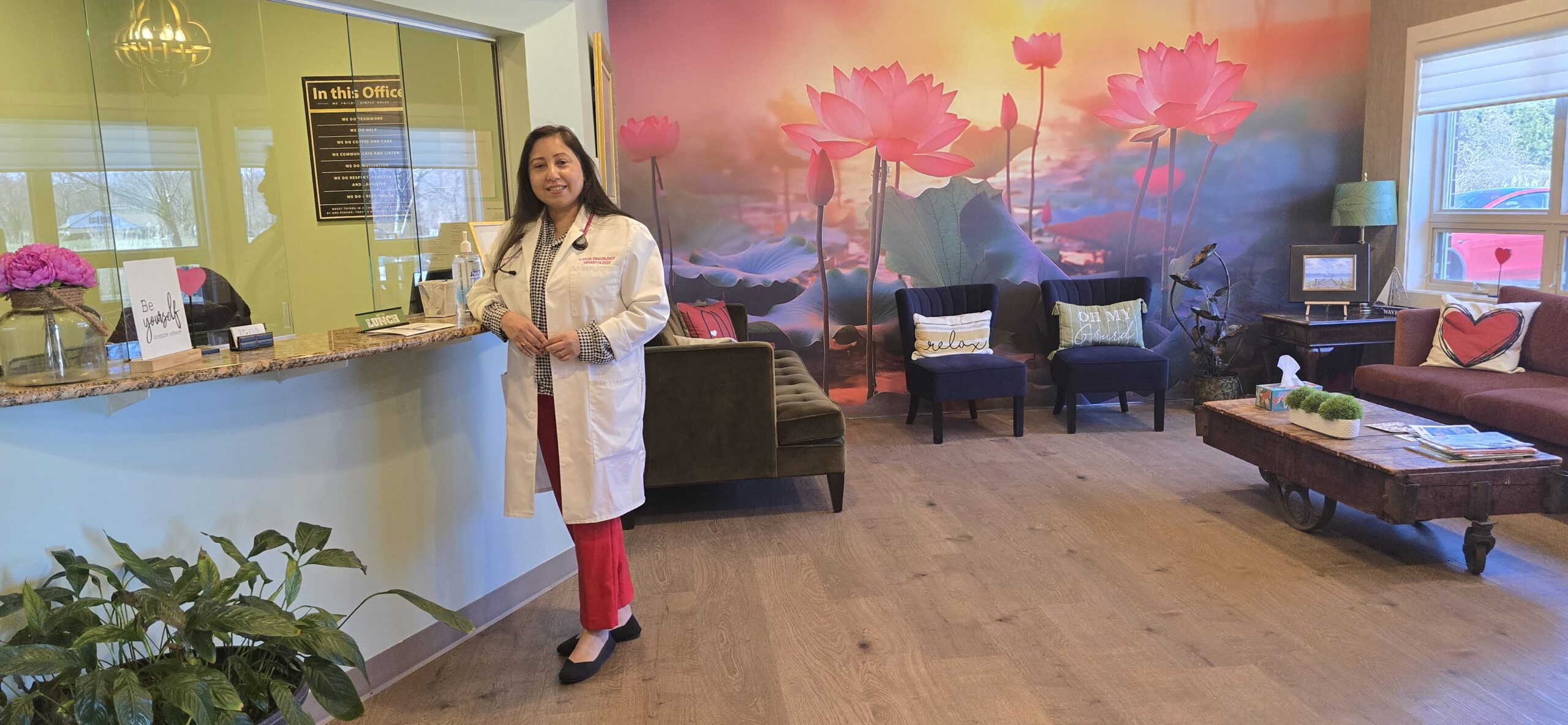
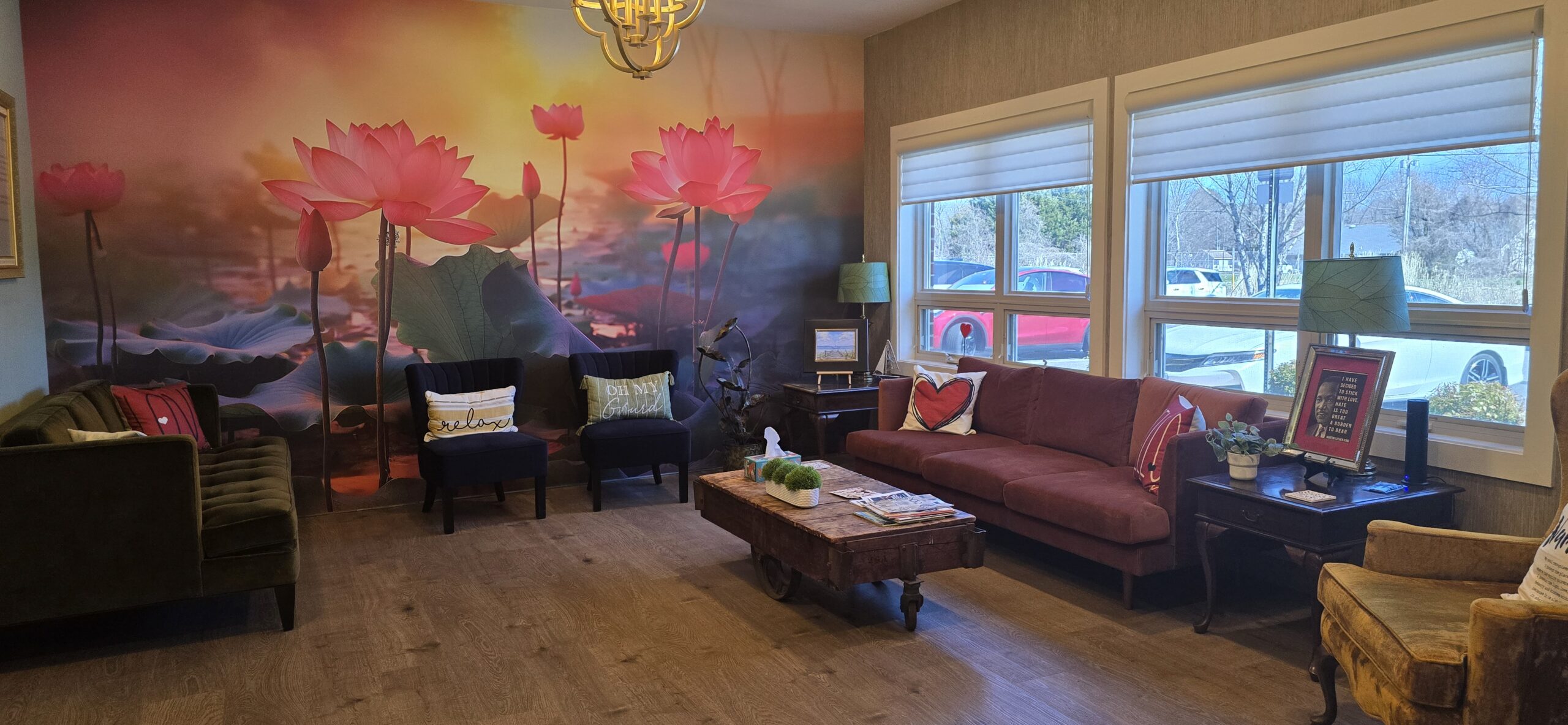 She also brings in integrative therapies backed by research: Acupuncture, yoga, reiki, nutrition support, massage therapy, and reflexology. “Wellness Wednesdays” offers breathwork, sound therapy, and art therapy, with plans to add music, mental health support, and even pet therapy. “We’re working with people in the community to bring this all together,” Dr. Gupta says. “It’s not extra. It’s essential.”
She also brings in integrative therapies backed by research: Acupuncture, yoga, reiki, nutrition support, massage therapy, and reflexology. “Wellness Wednesdays” offers breathwork, sound therapy, and art therapy, with plans to add music, mental health support, and even pet therapy. “We’re working with people in the community to bring this all together,” Dr. Gupta says. “It’s not extra. It’s essential.” Moments of joy—like a husband reclining in a surprise lounge chair during his wife’s infusion or a patient ringing the treatment bell after realizing the whole team, including Dr. Gupta, came out to witness it—are small, but they matter.
Moments of joy—like a husband reclining in a surprise lounge chair during his wife’s infusion or a patient ringing the treatment bell after realizing the whole team, including Dr. Gupta, came out to witness it—are small, but they matter.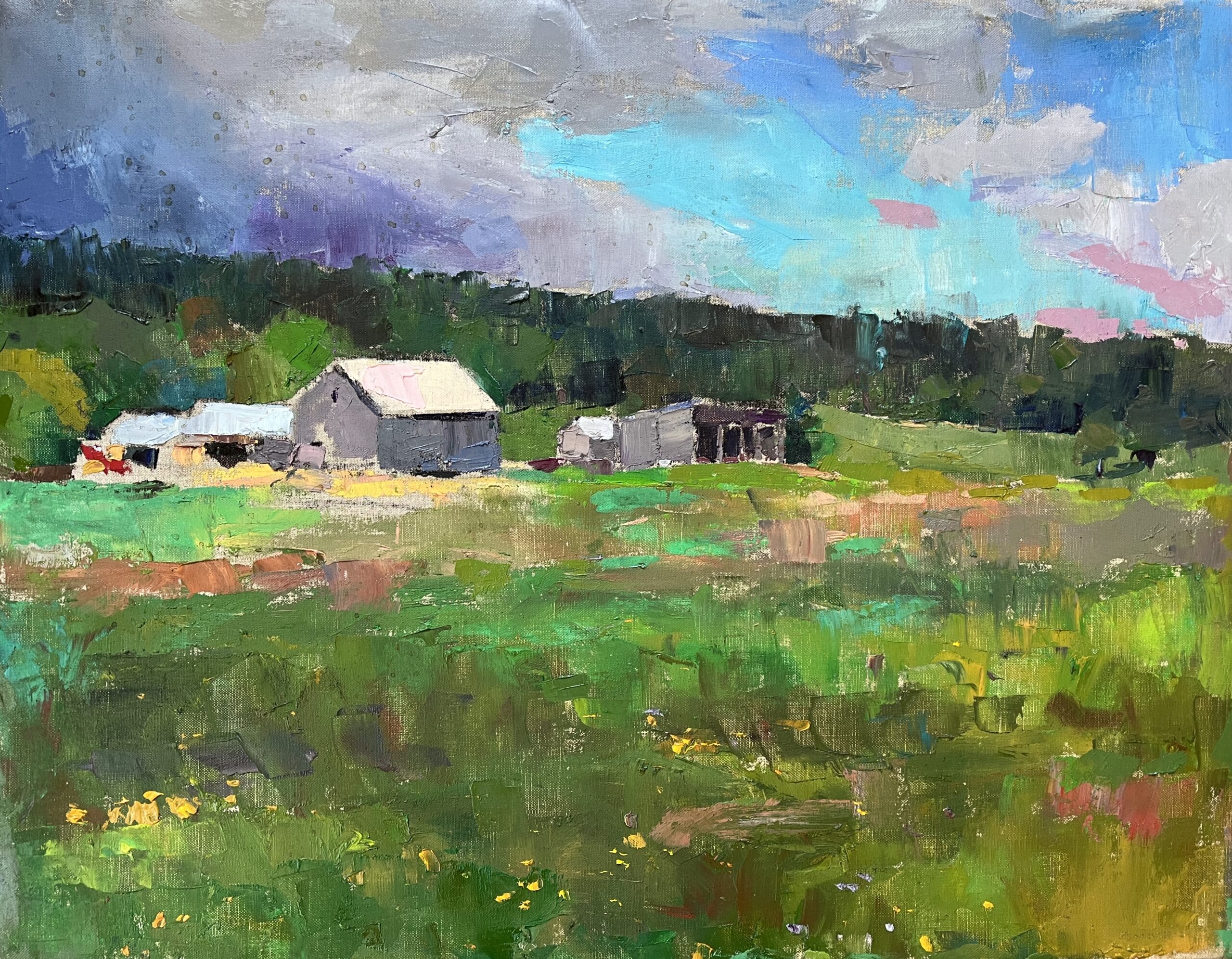
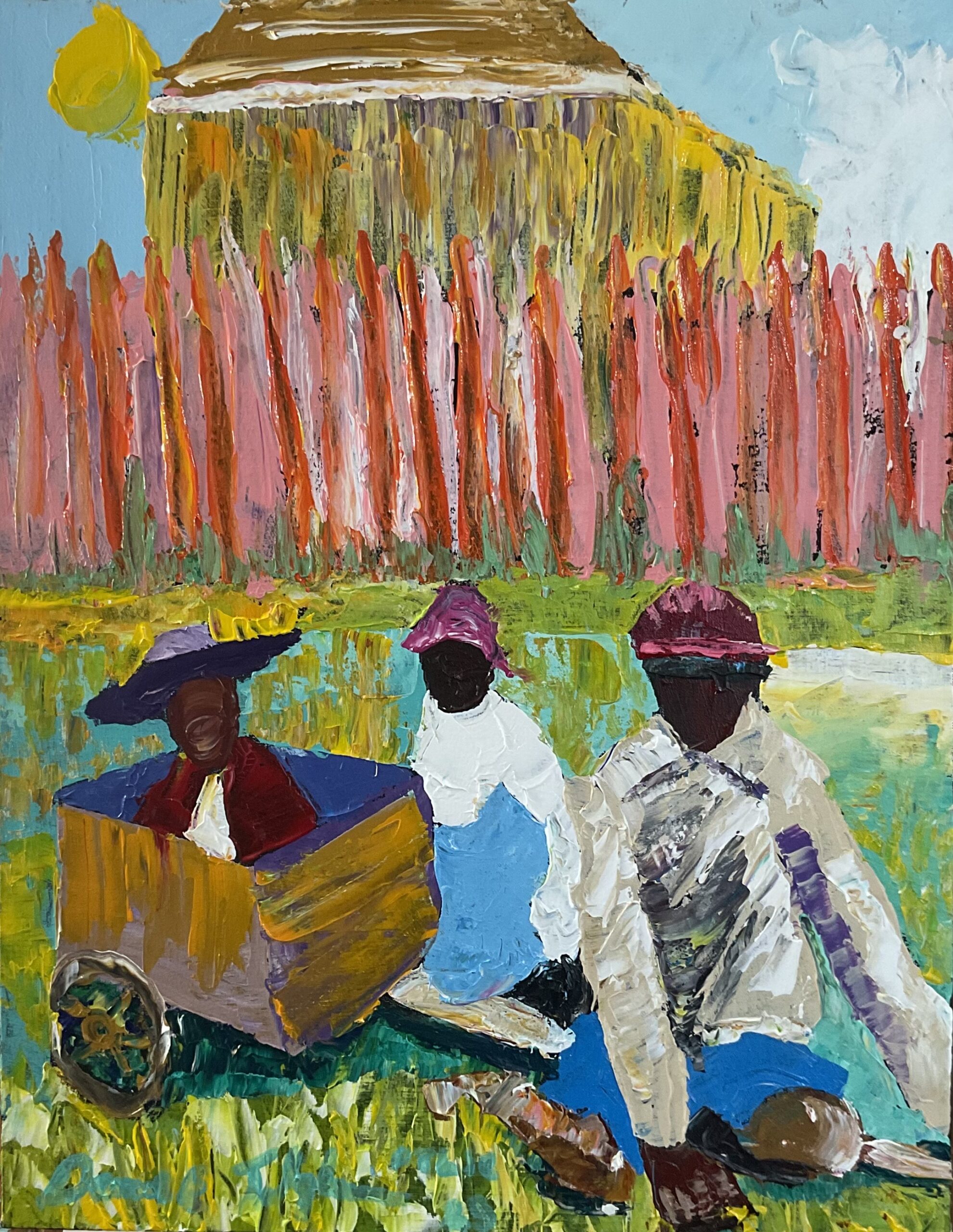







 “The Eastern Shore Writers Association had 12 members,” Wyatt said. “I thought, well, there must be some good writing here. And there was. People were looking for community, for connection. It just wasn’t very organized.”
“The Eastern Shore Writers Association had 12 members,” Wyatt said. “I thought, well, there must be some good writing here. And there was. People were looking for community, for connection. It just wasn’t very organized.”